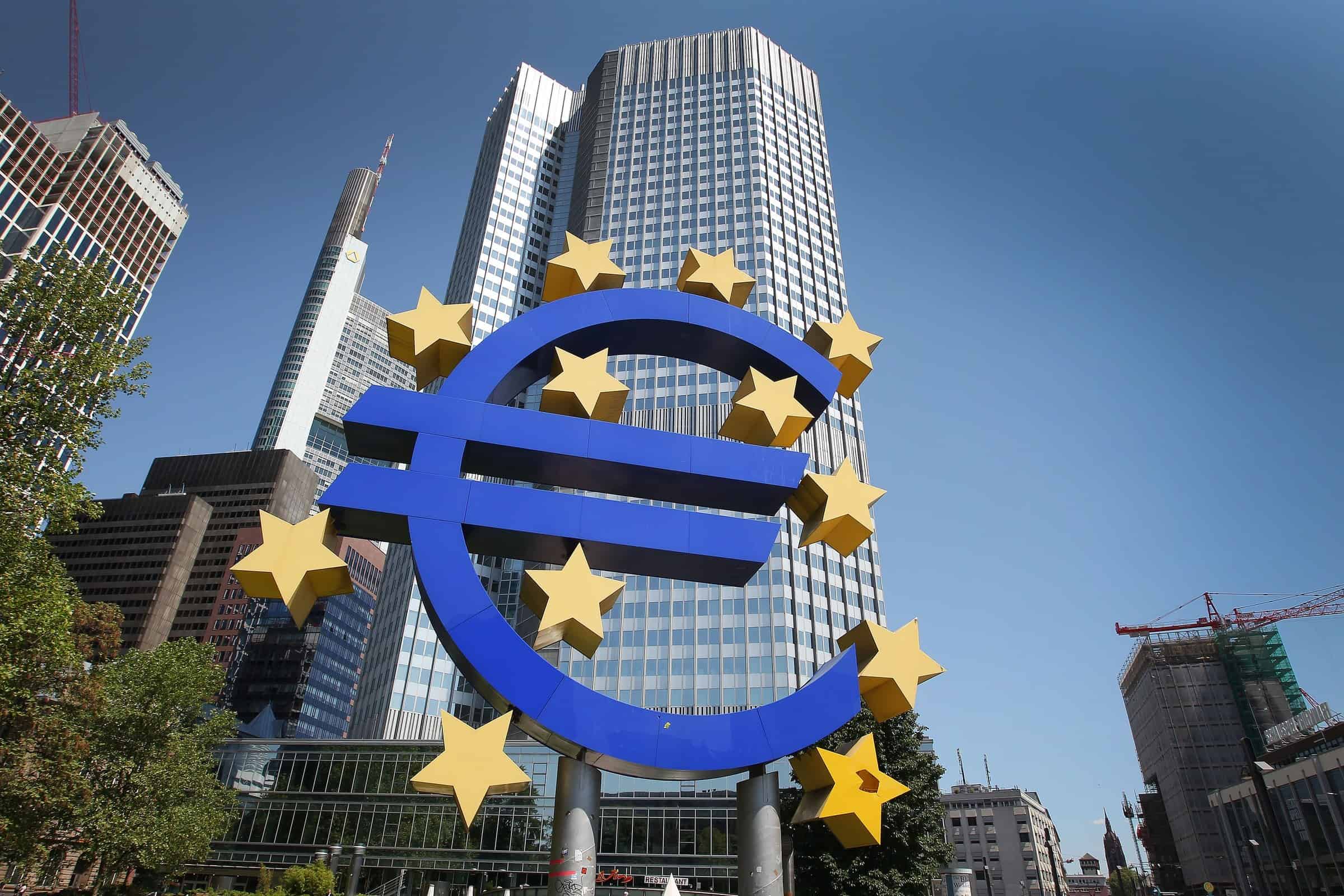Bailout Mentality Persists in International Banking Despite Reform Attempts

 One of the criticisms leveled against regulators’ responses to the financial crisis is that new laws have done nothing to solve the moral hazard issue in the financial industry. Perversely, actions like the taxpayer bailouts of megabanks have only made the issue even more prevalent. In a new paper from Boston College, the National Bureau of Economic Research’s Edward Kane sets out to explore this concern through the relationship between credit spreads and the default probabilities of big banks. What he finds should alarm governments and taxpayers alike.
One of the criticisms leveled against regulators’ responses to the financial crisis is that new laws have done nothing to solve the moral hazard issue in the financial industry. Perversely, actions like the taxpayer bailouts of megabanks have only made the issue even more prevalent. In a new paper from Boston College, the National Bureau of Economic Research’s Edward Kane sets out to explore this concern through the relationship between credit spreads and the default probabilities of big banks. What he finds should alarm governments and taxpayers alike.
In the wake of the financial crisis, European regulators set about on a mission to make sure that taxpayers would never again have to bail out big banks by instituting new bail-in requirements. A bail-in works by forcing a bank’s creditors to take first losses in the event of bankruptcy. Unsecured bondholders, both junior and senior, are literally bailed in; a portion (or all, depending on the size of liabilities) of the debt that the bank owes them is written off. Depositors are also subject to the new rule, although affected parties may instead see their debt converted into equity shares. The new law requires that bail-in clauses are mentioned in all the legal contracts of a bank doing business with any other financial institution under European authority.
Kane shows, however, that these rules make the financial industry none the safer, mostly because investors and bank officials don’t believe that governments would ever impose such rules. If they did, the credit default spreads on bank debt would be exactly equal to the product of the bank’s default probability and the expected loss.
The equation doesn’t hold in reality; credit default spreads are too low as compared to default probabilities, mostly because investors still expect failing banks to be bailed out by their respective governments. The issue of insolvency is virtually nonexistent. Governments aren’t helping much in this regard either. Last June two of Italy’s banks, Veneto Banca and Banca Popolate di Vicenza, required bailouts. Instead of bailing-in all bondholders like EU rules would have it do, the Italian government settled for only junior bondholder losses and stuck the taxpayers with a €12 billion bill. Is it any wonder that the markets don’t believe governments when they promise no more bailouts?
Kane also touches upon the topic of stress tests as it relates to Prof. Kevin Dowd’s paper on the topic, “Central Bank Stress Tests: Mad, Bad, and Dangerous.” Stress tests provide a false comfort to taxpayers, partly because the models they use are founded on false assumptions. The most dangerous of these assumptions is that financial losses follow a normal distribution, a fear that is echoed by Nassim Nicholas Taleb in The Black Swan and Fooled by Randomness.
Both Dowd and Taleb take issue with this because it directly contradicts reality. Once-in-a-thousand-years crises seem to happen much more often than once every thousand years. As Dowd correctly points out, every bank that has failed had passed a stress test before its failure. How can risk models be trusted when they can’t even seem to take reality into consideration?
Europe, in an effort to ensure that the next banking crisis would not end in a taxpayer bailout, created bail-in rules and started performing stress tests; both measures will fail the taxpayer in the next crisis. Banks believe that their respective governments will continue to bail them out, and markets bolster these beliefs by underpricing default risks. The taxpayer is, unfortunately, once again left to attend to the irresponsibility of the financial industry and government policies.